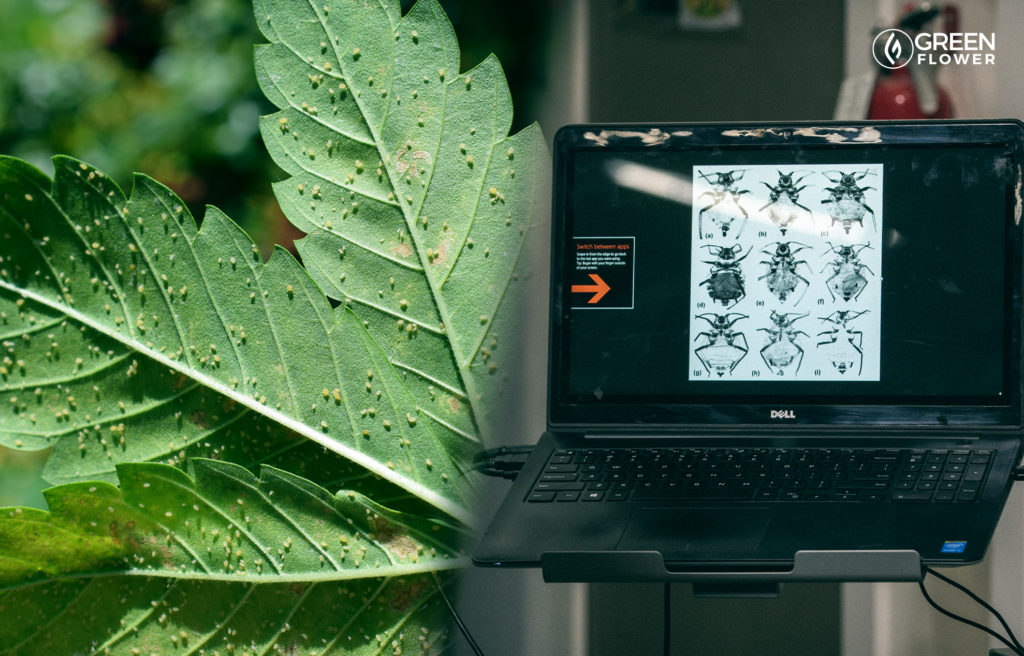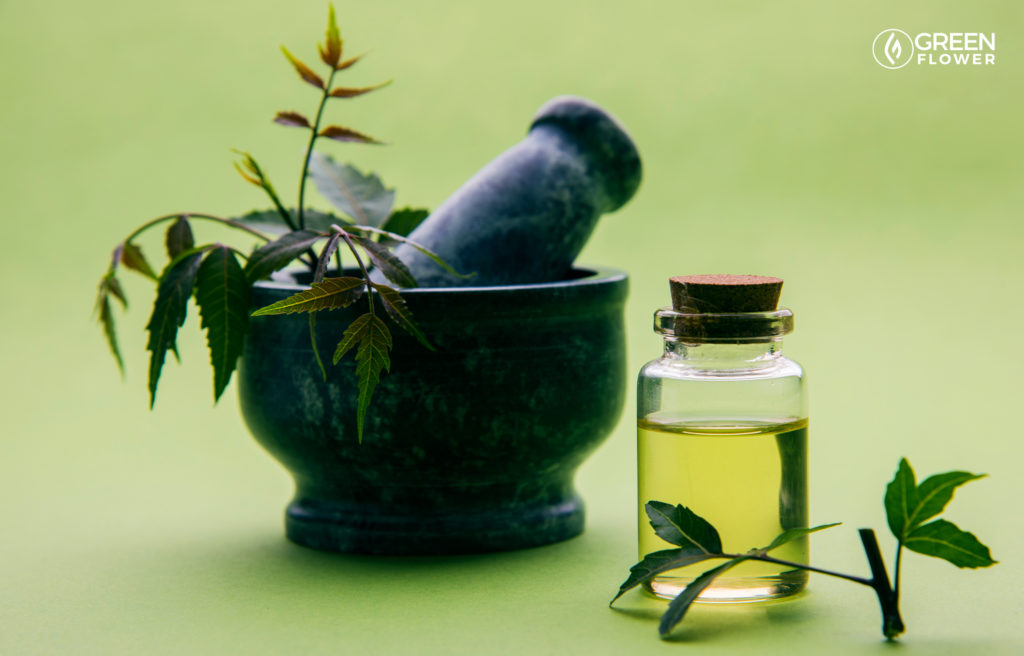Cultivating cannabis can be the most rewarding thing a cannabis enthusiast can ever do; it can also be one of the most frustrating things a cannabis enthusiast can ever do, especially when dealing with root aphids.
When a cannabis garden strategy goes as planned and the harvest is plentiful, it’s a great thing. However, when a cannabis garden experiences issues that result in a less-than-desirable harvest, or even worse, no harvest at all, it can be soul-draining for the cultivator.
Cultivating a marijuana plant from the start of its life cycle to the end can take several months, and can involve a great deal of time, care, and resources. To end up with nothing to show for it except dead plants at the end is a terrible feeling.
Various issues are common when cultivating cannabis, especially among novice cannabis cultivators. Powdery mildew is common, as is bud rot, nutrient deficiencies, pH issues, and heat-related issues. Bugs are another huge problem, with spider mites and root aphids being the most common. Both types of bugs have the ability to ruin an entire grow room or outdoor garden if not addressed properly.
What Are Root Aphids?
According to Colorado State University, “Cannabis aphid (Phorodon cannabis) is found on the leaves and stems of Cannabis.” They can take on various colors and can be hard to see with the naked eye until they are fully matured. Cannabis aphids can have wings or not, which makes them often hard to differentiate from other bugs.
Aphids feed on fluids within the cannabis plant’s leaves. They reproduce rapidly, and a large number of them will damage a cannabis plant via loss of plant fluids within the plant. If left untreated, they can kill the plant.

How Can You Tell That A Cannabis Plant Has Root Aphids?
Cannabis aphids are hard to spot at first. While they suck the fluids from plants, they don’t always leave speckled dots on the leaves like spider mites.
When it gets to the point that the aphids can be seen by the naked eye (they are pear-shaped), a full-blown root aphid infestation is likely already in effect. The same is likely true by the time growers see yellow leaves and/or wilting leaves.
Aphids shed their outer layers from time to time, so in addition to seeing live aphids, growers may also see cast skins building up on the leaves of their plant(s).
As aphids feed, they leave behind a white waxy substance, which is another way to spot their presence. Aphids live in the plant’s soil or other grow medium among the cannabis plants’ roots, making their way up the plant and leaving trails of the white waxy substance along the way.

How Can Growers Get Rid Of Root Aphids?
If you are a beginner grower who suspects that you may have aphids, always realize that time is of the essence. Many growers make the mistake of putting the issue off, thinking that they can just deal with it later. That is definitely not the case.
Controlling root aphids takes a great deal of timely effort and ongoing attention to detail. With every hour that goes by the aphids are multiplying in number and taking a toll on the cannabis plants and root systems they infest.
The first thing that growers should do when seeing an aphid infestation is to rub every leaf on the cannabis plant with neem oil. Neem oil is often preferred on the leaves compared to non-organic treatments, and mixing in a little hydrogen peroxide to the plant’s water is also a good strategy to help prevent root rot, which commonly accompanies aphid infestations since the aphids largely live in the plant’s root zone.
Keep in mind that whatever you use on the leaves will remain, so you only want to treat the leaves during the vegetative stage so that new, uninfected leaves will grow. Cannabis plants do not produce new leaves during the flower stage, which is significant because you don’t want to smoke treated cannabis leaves and buds.
Most garden stores sell yellow sticky pads that can be placed near the root balls of the cannabis plants to trap aphids. That doesn’t address the aphids that have infested the leaves of the plants, however, the pads are very effective at keeping new aphids from making their nefarious journey up the plant.
You can incorporate predator bugs like ladybugs and/or praying mantises into your strategies, however, be aware that predatory bugs alone are often not enough to completely kill root aphids and eliminate the infestation. View them as a good growing area weapon in the ongoing battle against aphids, but not the end-all-be-all.
Be Proactive
The best way for cannabis growers to deal with an aphid infestation is to not get one in the first place. A really easy way to avoid a cannabis aphid infestation is to use a soilless mix — a hydroponic or aeroponic system.
After all, if there is no soil for the aphids to start out in, there’s much less chance of the aphids growing in numbers. The hydroponic cultivation method does not guarantee total aphid protection, since a minimal amount of grow medium is needed to anchor the cannabis plant, however, a hydroponic approach decreases the chances of an infestation exponentially.
With that being stated, most growers seem to want to cultivate cannabis using soil, and organic soil at that. If you cultivate cannabis in soil, it’s inevitable that aphids will show up at some point, especially during the summer. Use the yellow sticky aphid pads at the very launch of the garden and throughout the life of the plant.
Also, keep your garden as clean as possible, and that includes removing dead leaves that fall off the plant and accumulate in the soil. Keep the soil free of all debris. Treat your leaves with neem oil when they are younger to help ensure you won’t have to do it later in the plant’s life.
Continuing Your Education
Cultivating cannabis is a never-ending educational journey. Even the most experienced cannabis cultivators will be quick to tell you how they are always learning and seeking out cultivation information.
A great way to learn more about the cannabis cultivation process from seed to harvest is via Green Flower’s Cannabis Cultivation Certificate Program. The program is led by true cultivation experts and involves insightful course materials. If you are looking to increase your cultivation knowledge, this is a great way to do it!

